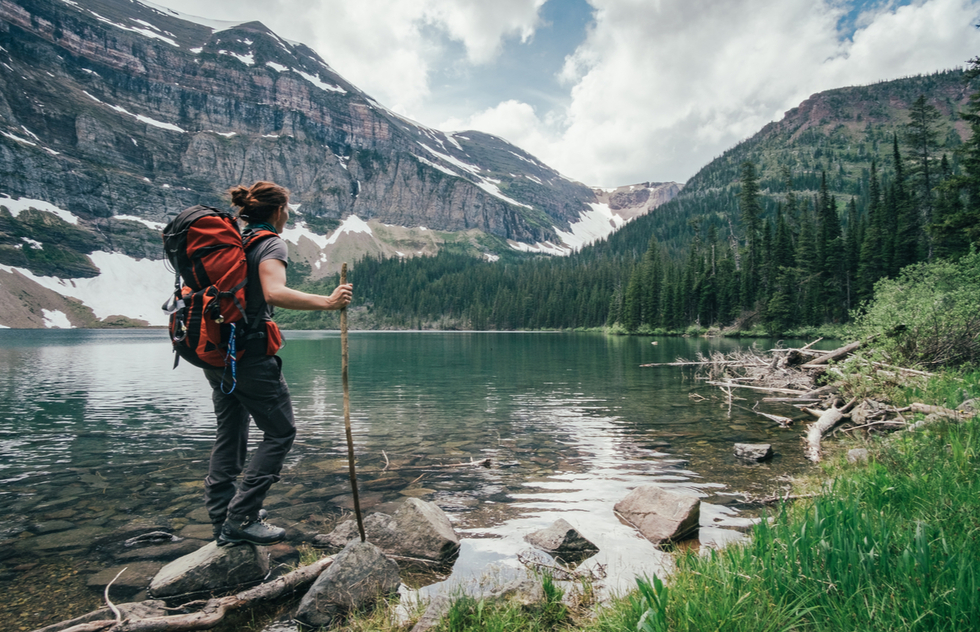For those looking to explore the outdoors in peace and quiet and at their own pace, it's easy to see the appeal of a solo hike.
But there are obvious dangers to heading into the wilderness on your own, especially if you're inexperienced. With the rise in popularity of outdoor vacations amid the Covid-19 pandemic, an alarming string of news stories have told of solo hikers going missing and in some cases losing their lives.
The U.S. National Park Service advises that "it is safer to hike with a companion." But if you prefer to hit the trails by yourself, here are some precautions you can take to mitigate the risks.
Map your route ahead of time
Carefully select a trail that won't exceed your physical capabilities or leave you vulnerable to getting lost. For solo treks, that could mean sticking to well-traveled paths or hikes you've done before.
Study the trail map online and figure out how long it will take you to finish the route. Find out ahead of time if there are any closures that will affect you at the park, preserve, or nature area you'll be visiting, and don't forget to scope out options for snack, water, and bathroom breaks.
Mobile apps such as Gaia GPS and AllTrails have tons of useful navigational tools to help you find the right hike based on location, skill level, length, and the experiences of other users.
One online tool that might not always be reliable, however, is Google Maps. As the New York Times has reported, that widely used app often points to the shortest distance from point A to point B rather than the safest route to take. Consequently, many novice hikers have been led to treacherous trails they have no business attempting.
Tell somebody where you'll be
If, heaven forbid, you end up needing to be rescued, this might be the most crucial precaution.
Before going on the hike, tell at least one friend or family member where you'll be and for how long. Put it in writing and include every pertinent piece of information you can think of—dates, times, the trail map, the make and model of the car you'll be driving to the trailhead, and so on. A seemingly minor detail could save your life.
If you plan to head into the backcountry, especially for overnight camping, find out whether you can register your trip with state or national park rangers so that they can enter your whereabouts in their logbooks.
Pack the right gear
The National Park Service recommends that all hikers, whether solo or in groups, lug around the "10 Essentials," which include navigational tools (paper maps, a compass, a GPS system), sun protection, layers for weather protection, a flashlight or other form of illumination, first-aid supplies, and plenty of food and water.
Solo hikers should also think about investing in a personal locator beacon (PLB), a portable device that can send a distress signal and location info via satellite to rescue agencies in the event of an emergency.
Go ahead and bring your smartphone to access offline maps and such, but don't count on getting adequate cell reception in the middle of nowhere. Since PLBs are radio transmitters, they don't need a cell phone signal to work.
Don't leave the trail
A solo hike is not a good time to change up your itinerary on a whim. As much as you can, stick to the plan you shared with your trusted emergency contact back home, and don't stray from marked trails if you want to avoid falling rocks, perilous heights, uncuddly wildlife, and other dangers.
For more on outdoor pitfalls, see our features on steering clear of snakes and hiking in extreme summer heat.






